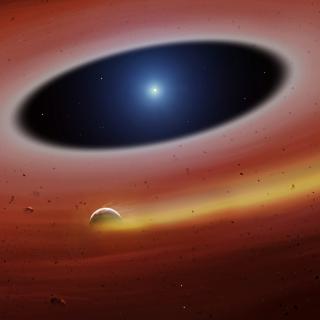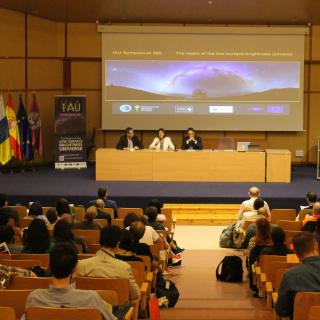
The European Research Council (ERC) has awarded one of its prestigious “ERC Synergy Grants” to a team led by Fernando Moreno Insertis, researcher at the Instituto de Astrofísica de Canarias (IAC) and Professor at the University of La Laguna (ULL) as a member of a consortium of five European institutions.
Advertised on
![A giant interstellar bubble being grown in the Andromeda galaxy Hα+[N II] imaging of the super-remnant in M31N 2008-12a taken with the Liverpool Telescope (left), and the Hubble Space Telescope and WFC3 (right).](/sites/default/files/styles/crop_square_2_2_to_320px/public/images/news/Galeria_IAC_figura_Pablo_Rdrguez.jpg?h=1acb51c4&itok=KgzBULrt)



